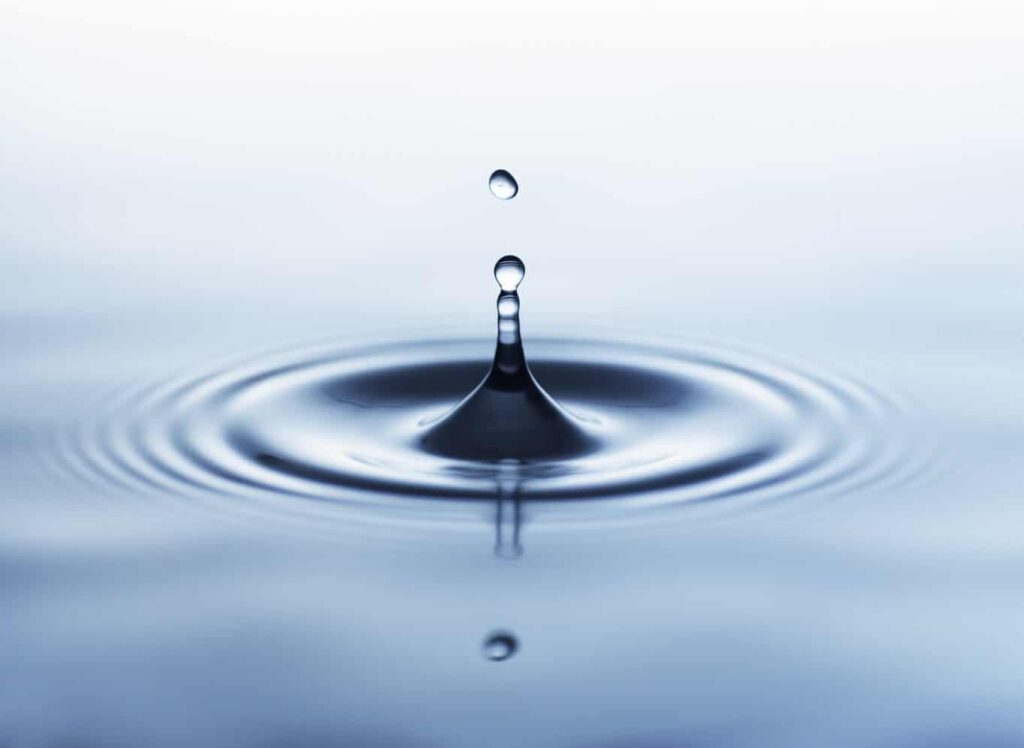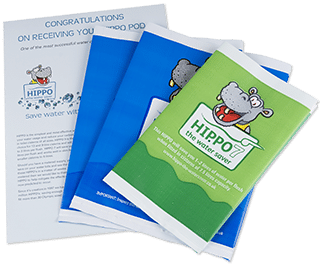Reading Time:
7
minutes
Updated 3rd February 2025
Water bills are on the rise, soon to cost an extra £123 for people in England and Wales (and £44 in Scotland) in April this year.
Want to save a few hundred pounds a year and help conserve a scare resource? Want to give less of your money to a big company and keep more yourself? Simple! Just think about water. And specifically, think about getting a water meter.
Rising Water Rates
During the cost of living crisis, water bills are rising alongside other household bills. While you can’t choose the supplier of your water, there may be a few things you can do to reduce your water bill and save money.
If you’re on a low income (usually under £19,000 household total income, but check with your supplier), you could qualify for something called a social tariff. These are not broadly advertised but every water supplier must offer one and it is a reduced rate for low income households. Other schemes are called cap schemes, which limit the total amount you can be charged for your water.
How a Water Meter Could Help
A water meter can help smaller or low usage households save a significant amount of money on their water bill. One of our MoneyMagpie team managed to take their quarterly bill down from over £200 to just £45 – that’s a whopping annual saving of around £600, and that’s not an unusual case study!
Water meters measure the exact amount of water your household uses instead of estimating it based on factors like the size of your home. You might, for example, still live in your four-bed family home but now alone or as a couple as the children have grown up. Your water usage will be significantly reduced, but the water bills stay the same on an unmetered rate.
Anyone can request a water meter, but a general rule of thumb to know if it is a good idea for your household is the occupant ratio. If you have fewer people than bedrooms in your home, a meter is quite likely to save you money.
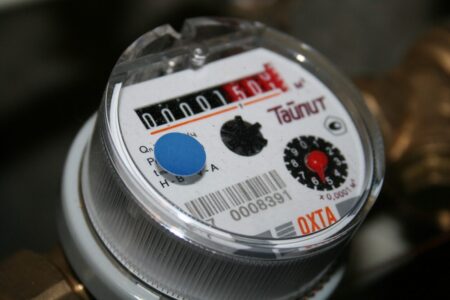

Your supplier will arrange for someone to visit your property to make sure a meter can be fitted, which is the case except in highly exceptional circumstances. If they refuse, because it is too difficult or expensive to fit a meter at your property, they MUST offer you an assessed charge rate instead.
Renters can have meters put in, too. It’s polite to ask your landlord first but they are not allowed to refuse.
A household can change back to an unmetered rate within the first 12 months, but then the property remains on a meter after that period.
Extra Help for Disabled or Large Households
If someone in your household uses a lot of extra water due to a disability, you may qualify for extra financial help towards your water bill. Similarly, if there are three or more children living full-time at the property, you can apply for a cap to your bill which means you won’t pay over the average price of a bill for your property size even if you use more water.
WaterSure is the scheme you need to look out for on your supplier’s website to find out more.
Save on Water Bills with Water Saving Tips
There are lots of ways you can reduce your household water usage, which is not only great for the environment but also your wallet! Follow these tips to save water and save money.
1. Only run a cycle if you’ve got a full load
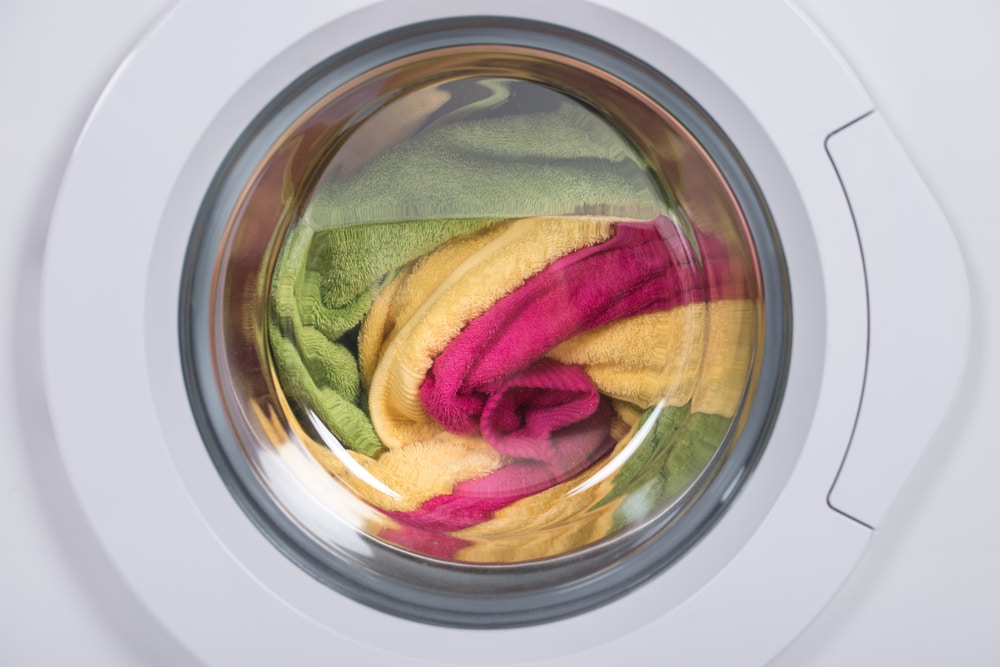

On average, one washing machine cycle uses 19 gallons of water. The average household runs between 5 and 6 loads per week, which adds up to 5,605 gallons of water per year.
So, if you wash your clothes only when necessary you can save water and reduce your electricity bills. If you were to drop down to just 4 loads a week, you’d use over 1500 less gallons of water a year.
Half loads are very inefficient so if you’re a small household, wait until you’ve enough for a full load. Of course, if you’ve got children you’ll probably have no problem filling up the washing machine!
You might want to consider washing your clothes at 30 degrees instead of 60 degrees too. Higher temperatures use more energy, so it’ll cost you in the long-run. Pre-soaking overnight can help to loosen a lot of dirt and stains and make the wash cycle more efficient too.
2. Use the dishwasher
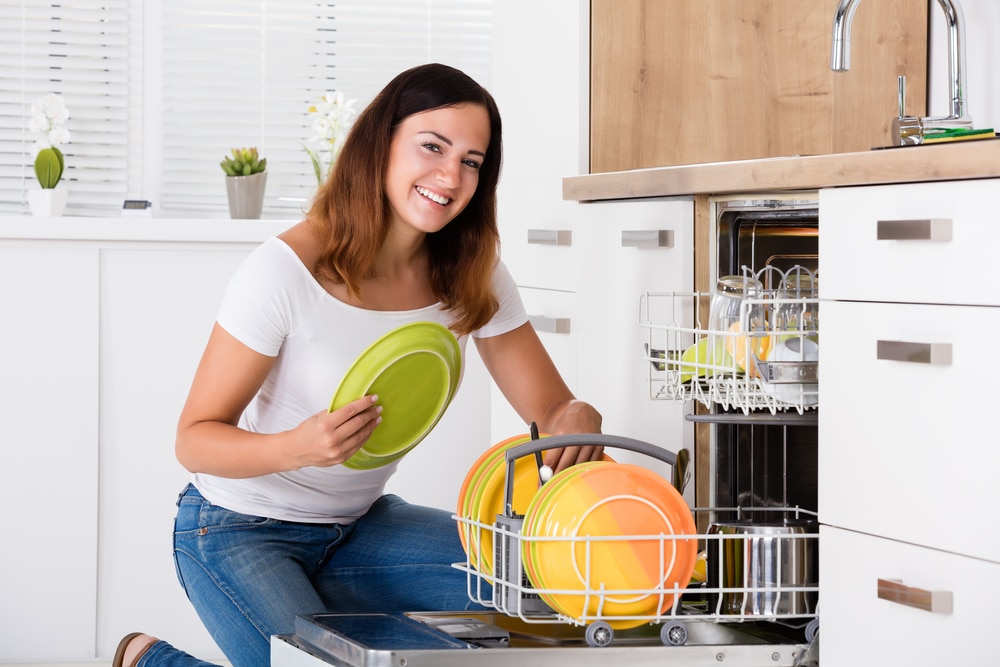

This might sound strange, but it really does work! Most modern dishwashers only use 12 litres of water, whereas hand washing uses between 60 and 70 litres.
However, this only works if you scrape your plates rather than rinse them. Like with a washing machine, you must only run the cycle when it’s full.
If you have a smaller household, consider investing in a smaller dishwasher for more efficient use.
Keep in mind! When purchasing new appliances, look for ones that offer cycle and load-size adjustments as they are more water and energy efficient.
If you are looking to reduce your bills even further, check out our guide on creating inexpensive, eco-friendly cleaning products at home here.
3. Opt for Showers over Baths
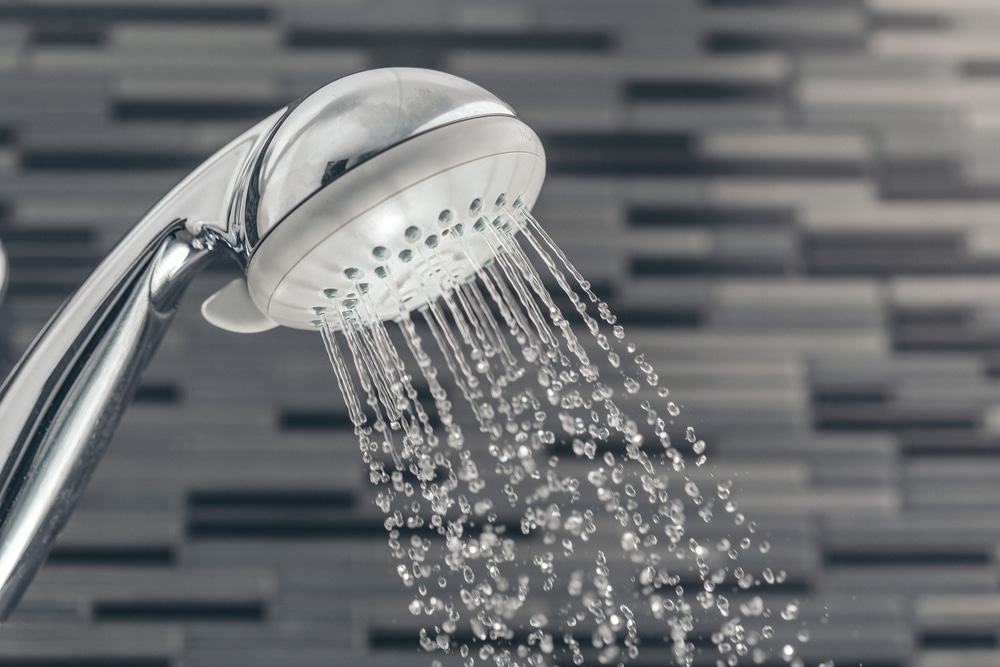

According to Waterwise, a quick shower with an efficient shower head uses less water than a bath, as long as it’s under 10 minutes and not a power shower. Consider saving your singing for post-shower!
Adjust your daily routine to include showers instead of baths whenever possible. If you can’t give up baths completely, try reducing the water level by an inch each time to save around 5 litres. You can even use bath water to hydrate your household plants, but limit baths to once a week.
4. Turn Off the Tap
An alarming 80% of British adults are regularly wasting water.
Brits waste water while brushing their teeth and filling up the kettle. Leaving the tap running for a minute wastes 6 litres of water. If you leave the tap on while brushing, you’re wasting 24 litres daily!
These habits can be corrected to save water and money.
If you have any dripping taps, make sure to repair them promptly. Persistent drips can waste a significant amount of water over time, which can add up on your water bill if you have a meter.
5. Reuse Water for Plants and Vegetables
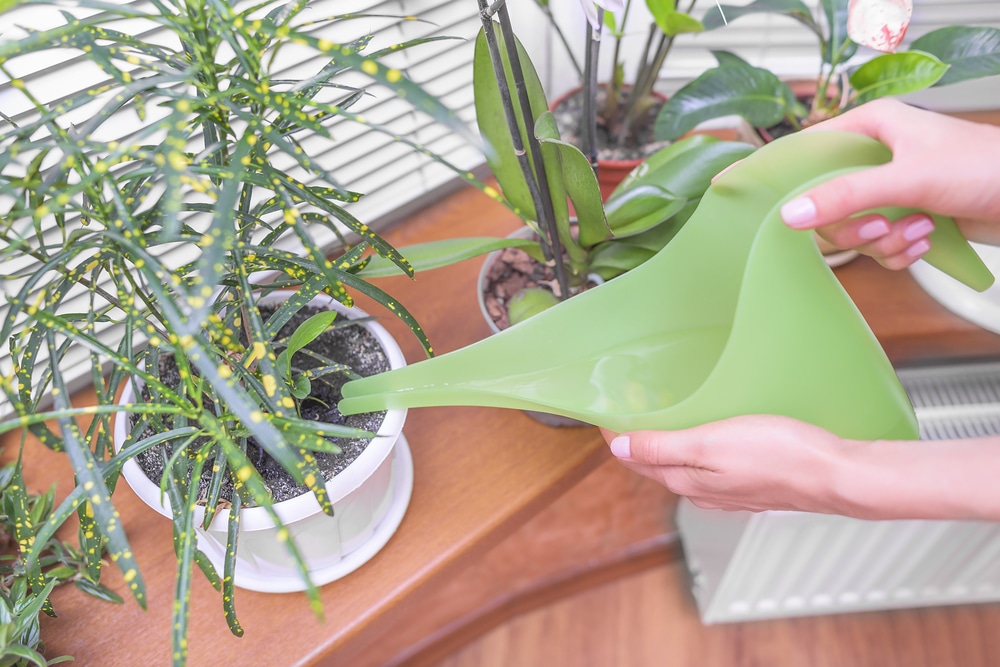

Instead of running water from the tap, wash your fruits and vegetables in a bowl of water. This small change won’t impact your cooking routine but allows you to reuse the water for your house plants.
After boiling an egg, save the cooled water for your plants. The nutrients from the eggshell will benefit your plants. This practice not only saves water but also promotes healthier plant growth.
If you have a fish tank, the nutrient-rich dirty water can be beneficial for your plants as well!
6. Store Water in the Fridge
If you prefer cold drinking water, store bottled water in the fridge instead of running the tap for a long time. Fill your water bottles in the morning and refrigerate them for a refreshing drink. This method eliminates the need to run the tap for chilled water and contributes to environmental conservation.
7. Utilize the Hippo Water Saver
The Hippo water saver is a cost-effective solution to conserve water in your toilet cistern.
Each flush with the Hippo can save up to three litres of water, resulting in potential savings of approximately £20 per year. These water-saving devices are priced at £2, making them a worthwhile investment!
8. Install an Eco Shower Head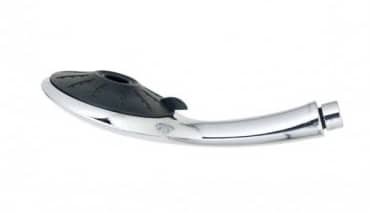

According to the Energy Saving Trust, switching to an eco shower head can reduce water usage by an average of 74% and decrease hot water bills by up to 40%.
You can purchase a PulseEco shower head for around £33, which is easy to install on your shower hose. Simply unscrew the existing shower head and replace it with the new eco-friendly one.
9. Invest in a Water Butt
If you enjoy gardening, consider getting a water butt to utilize rainwater for your plants. If space is limited, a rain chain and bucket can serve as a practical alternative. You may qualify for a discounted water butt through Save Water, Save Money.
-
10. Receive Free Water Saving Devices
Save Money, Save Water offers a helpful questionnaire to assess your water usage and potential savings. Additionally, you can select from a variety of complimentary water-saving devices, including shower timers, tap aerators, and toilet leak detection strips, to enhance your water conservation efforts.
sentence in a different way: “The cat chased the mouse around the house.”
The mouse was chased around the house by the cat.

